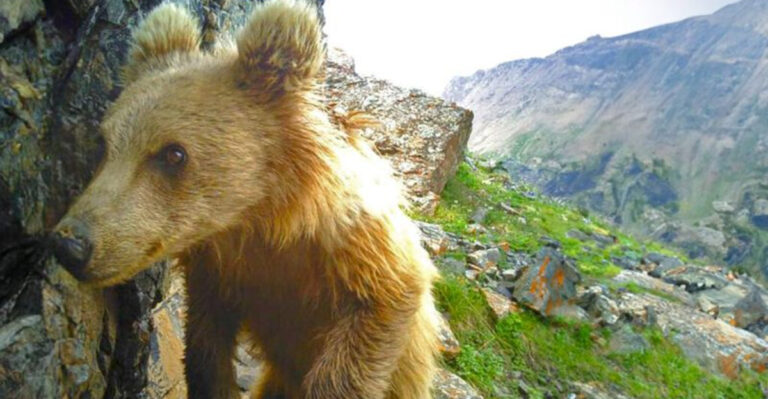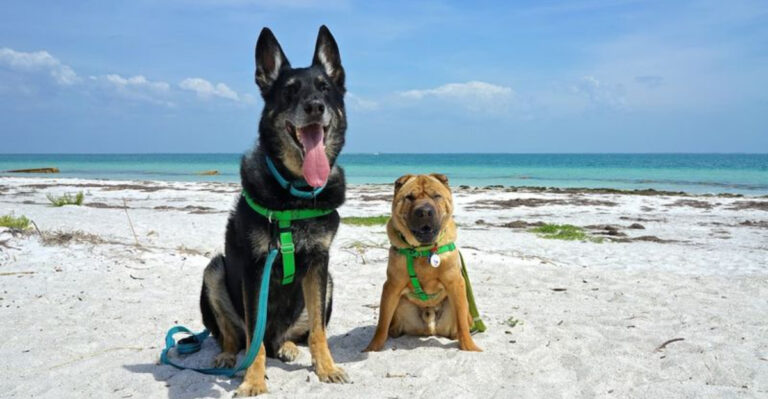12 Things You Can Do To Help Stray Animals During The Summer Heat
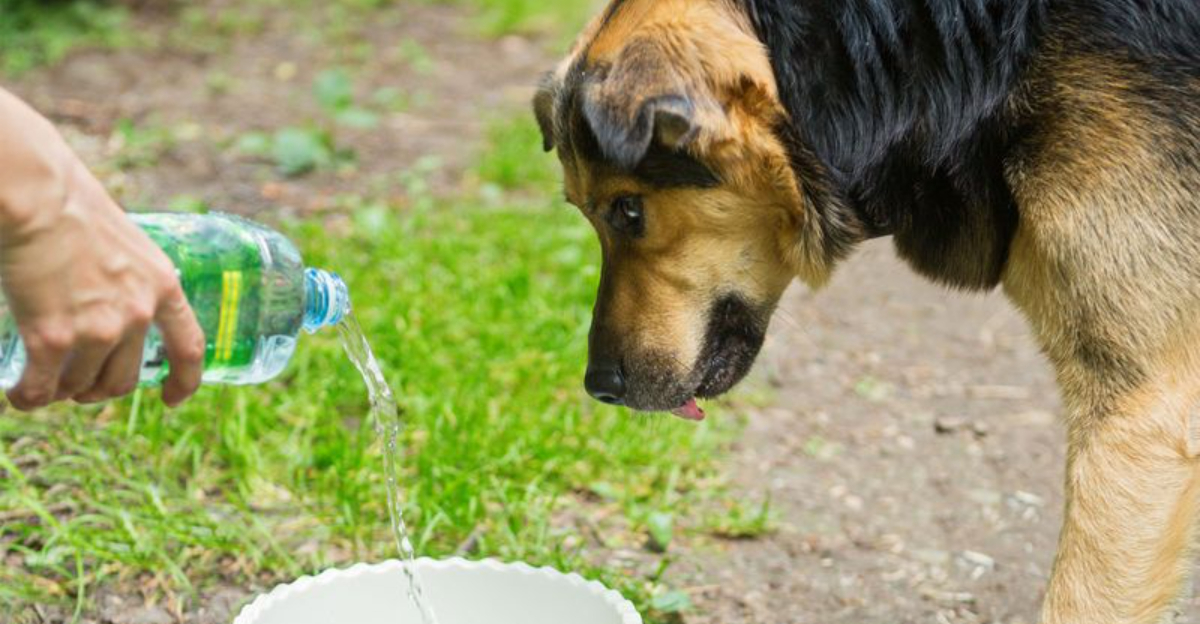
Summer heat can be brutal for stray animals who don’t have access to air conditioning, regular water, or cool shelter.
These vulnerable creatures often suffer silently as temperatures soar, facing dehydration, heat exhaustion, and even death.
By taking a few simple actions, you can make a world of difference for the homeless cats, dogs, and other animals in your neighborhood who have nobody else looking out for them.
1. Set Out Fresh Water Bowls
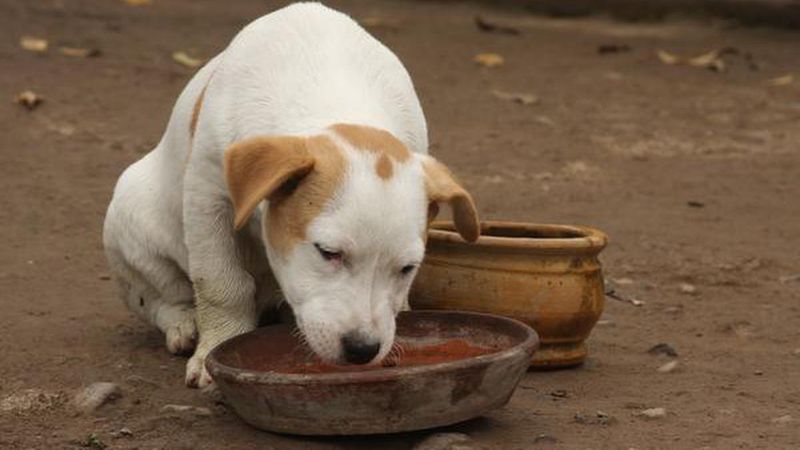
Dehydration happens quickly in hot weather. Place several shallow, non-tip bowls of fresh water in shaded areas around your neighborhood. Remember to refill them daily – stagnant water attracts mosquitoes and can harbor bacteria.
Choose ceramic or heavy plastic bowls that stay cooler than metal ones, which can heat up dangerously in the sun. Add a few ice cubes during extreme heat waves for an extra cooling effect.
Some compassionate folks even map out a “water route” they follow each day, creating a lifesaving network of hydration stations throughout their community.
2. Create DIY Cooling Shelters
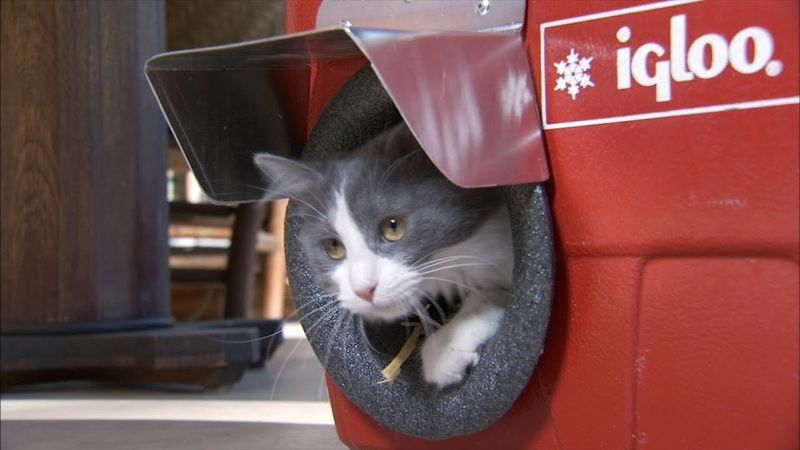
A simple foam cooler can become a lifesaving refuge for a stray cat or small animal. Cut a doorway in one side, place it upside-down in a shaded spot, and line it with a cool towel. Some people add frozen water bottles wrapped in towels for extra cooling power.
For larger animals, an old doghouse positioned under dense trees offers crucial protection. The goal is creating microenvironments that stay significantly cooler than the surrounding air. These shelters work best when placed near water sources but away from busy streets or areas with excessive noise.
3. Carry Emergency Car Kits
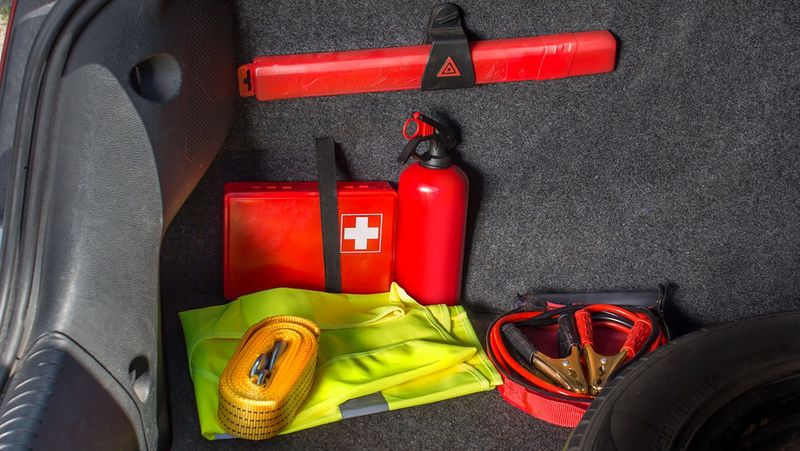
Stock your vehicle with supplies for stray animal encounters: bottled water, collapsible bowls, canned pet food, treats, and a slip leash. You’ll be prepared when you spot a panting stray dog or heat-stressed cat during your daily travels.
Add a towel that can be soaked with cool water to help lower an overheated animal’s body temperature. A small first-aid kit with pet-safe items might save a life in critical situations.
Many animal lovers also keep a list of local shelter and rescue phone numbers handy, making it easier to get professional help when needed.
4. Feed During Cooler Hours
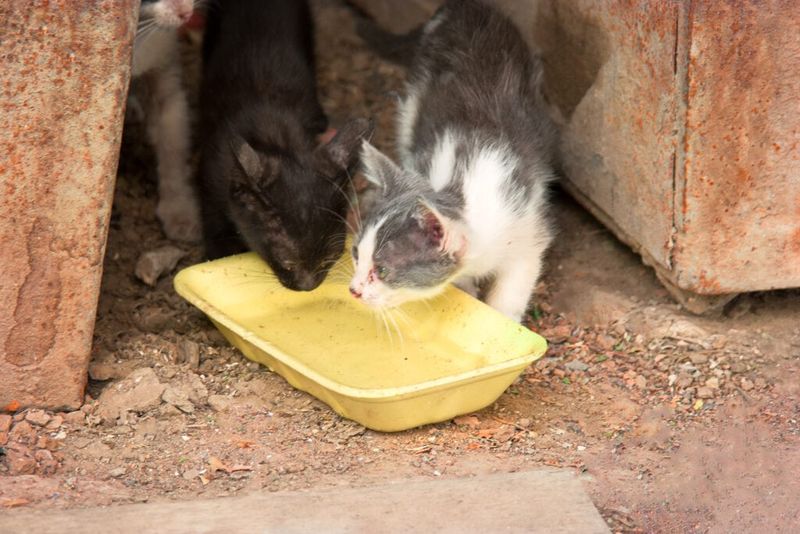
Food spoils quickly in summer heat, attracting insects and potentially making animals sick. Schedule your feeding rounds during early morning or evening when temperatures drop. Wet food should never sit out longer than 30 minutes in hot weather.
Dry kibble holds up better but should still be placed in shaded locations away from direct sunlight. Many caretakers establish regular feeding schedules so animals know when to expect meals.
If you notice a particular animal not eating, it could be suffering from heat exhaustion – a veterinary emergency requiring immediate attention.
5. Sprinkle Your Yard With Cooling Stations
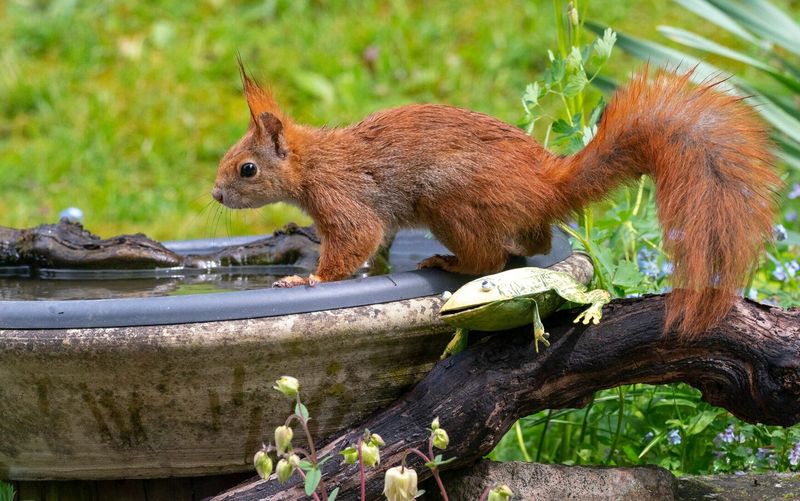
Transform your outdoor space into a heat-relief zone with shallow pans of water positioned throughout the yard. Some creative animal lovers add floating toys or ping pong balls to prevent mosquito breeding while keeping the water accessible.
Consider creating shaded spots using inexpensive tarps or sheets stretched between trees or fence posts. These artificial shade areas can be 10-15 degrees cooler than surrounding spaces.
Bird baths serve multiple purposes – helping feathered friends while creating environmental cues that signal to other animals that water is available nearby.
6. Alert Authorities About Trapped Animals
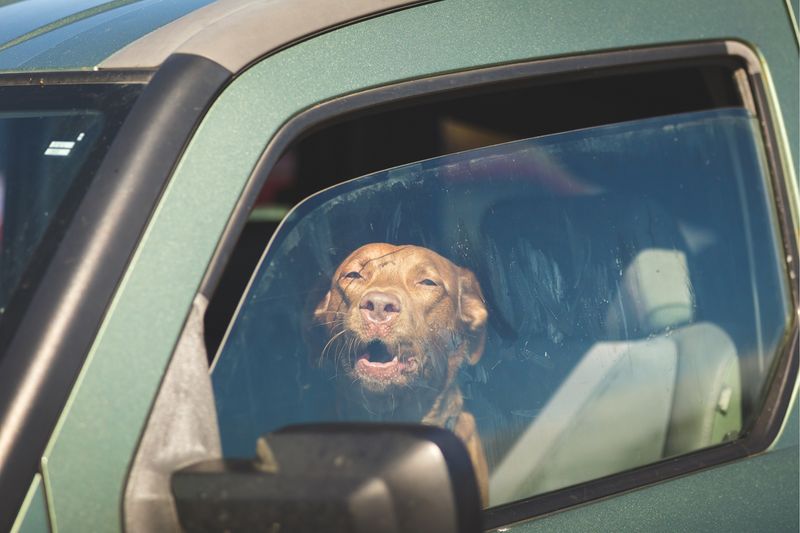
Hot cars become deadly ovens within minutes. If you spot an animal locked inside a vehicle, immediately call local animal control or police – many jurisdictions have laws allowing emergency responders to break windows to save animals in distress.
Similarly, report animals trapped in abandoned buildings, construction sites, or fenced areas without shade or water. Record the exact location and take photos if possible to help responders find the animal quickly.
Your quick action can mean the difference between life and death during extreme heat events when body temperatures can rise fatally within hours.
7. Offer Frozen Treats With Hidden Benefits

Homemade frozen delights provide hydration and nutrition while cooling animals from the inside out. Mix wet pet food with water, freeze in ice cube trays, and distribute in shaded feeding areas. The animals will lick the melting treat, lowering their body temperature.
For extra nutrition, blend pet-safe fruits like watermelon or blueberries with water before freezing. These treats are especially helpful for nursing mother cats who need extra hydration.
Some caretakers freeze chicken broth (without onions or salt) in paper cups – as the animal licks the melting broth, they receive much-needed fluids and electrolytes.
8. Provide Cooling Mats In Shaded Areas

Commercial cooling mats stay chilled for hours without electricity or refrigeration. Place these in quiet, shaded locations where strays tend to gather. The cooling effect activates when an animal lies down, providing immediate relief from scorching temperatures.
Don’t have a cooling mat? Wet towels placed on cool concrete or tile work similarly. Replace them frequently as they dry out quickly in summer heat.
Some animal advocates create “cooling stations” in community areas, combining water sources, cooling mats, and shade structures to provide comprehensive heat relief for neighborhood strays.
9. Organize Neighborhood Watch Groups
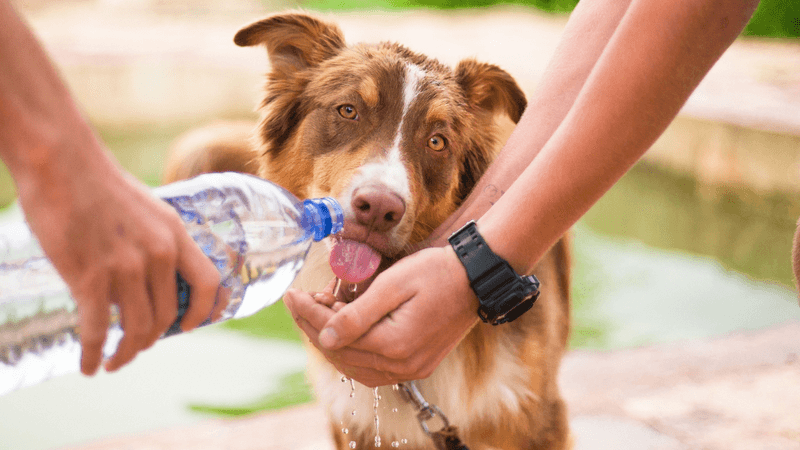
Team up with neighbors to create a summer stray watch network. Divide responsibilities like filling water stations, distributing food, and checking known colony locations. More eyes mean faster responses when animals show signs of heat distress.
Create a shared online document or group chat where members can report sightings or concerns. This collaborative approach ensures no animal falls through the cracks during dangerous heat waves.
Many communities find that these networks naturally evolve into year-round support systems, addressing other seasonal challenges like winter shelter and emergency response during extreme weather events.
10. Apply Sunscreen To Pink Noses And Ears

White cats and dogs with pink skin are surprisingly vulnerable to sunburn and skin cancer. If you regularly care for approachable strays with pink noses, ears, or eyelids, apply pet-safe sunscreen to these sensitive areas.
Veterinary sunscreens are best, but zinc oxide-free human baby sunscreen works in a pinch. Never use products containing zinc oxide or para-aminobenzoic acid (PABA), which are toxic if licked.
This small gesture provides crucial protection for animals who might otherwise develop painful burns or dangerous skin changes after repeated sun exposure during the hottest months.
11. Volunteer With Rescue Transport Teams
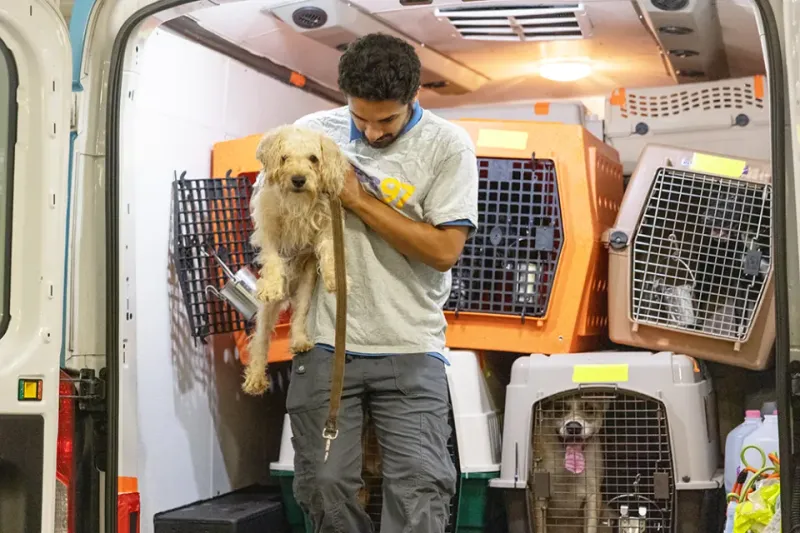
Summer is peak season for animal abandonment, overwhelming local shelters. Transport volunteers drive animals between shelters, foster homes, and rescue organizations, creating space for new intakes during crisis periods.
Even dedicating one weekend a month makes an enormous difference. Many transport groups provide training and coordinate routes so volunteers can choose trips that fit their schedules.
The climate-controlled environment of your vehicle might be the first relief from extreme heat an abandoned animal has experienced in days or weeks, making this volunteer work both immediately impactful and potentially lifesaving.
12. Spread Awareness Through Social Media
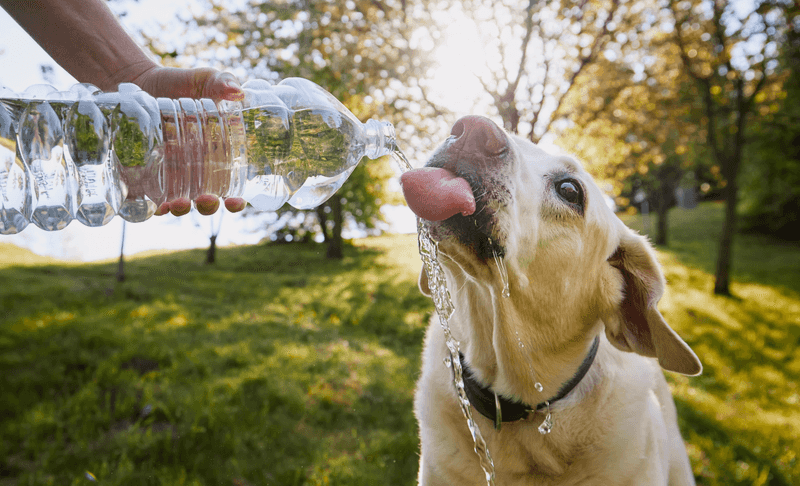
Share seasonal safety tips on your social platforms, reminding followers about the dangers heat poses to strays. Posts about keeping cats out of engine compartments or checking under vehicles before driving can prevent tragedy.
Create shareable graphics explaining signs of heat stroke in animals and what to do if someone encounters a distressed stray. Tag local animal services and use community hashtags to reach people beyond your immediate network.
Many animal advocates find that educational content often inspires others to join relief efforts, creating a multiplier effect that extends help to more animals throughout the community.


